Spicebush: A Plant and a Butterfly
This mutually beneficial relationship is fascinating.
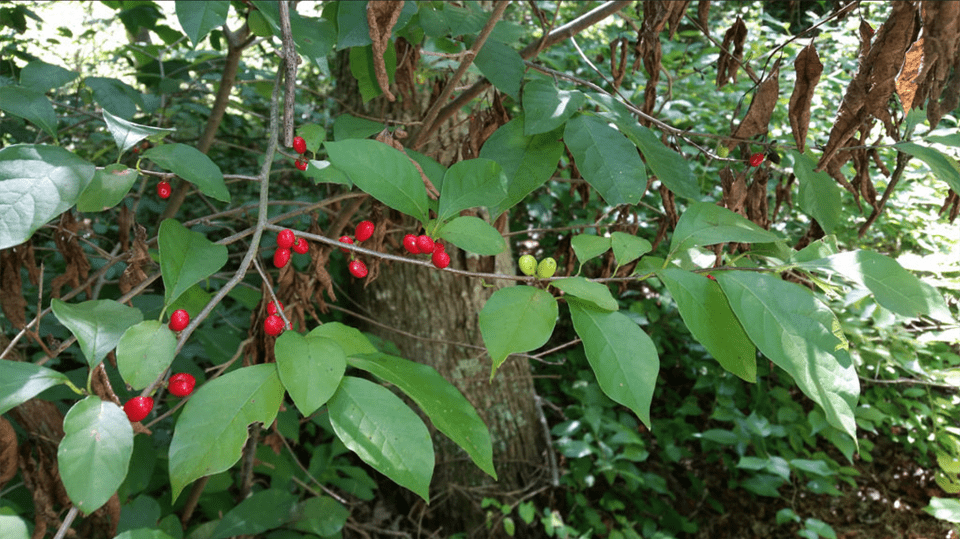
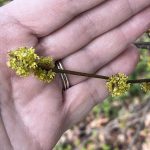
Tiny blossoms are flowering on the spicebush in our yard. When we planted this shrub on our property about 20 years ago it thrived, so subsequently we planted others, of which I have noted only one additional to have survived.
The scientific name for spicebush is Lindera benzoin, the Lindera honoring John Lindler, a Swedish botanist, and the second name a reference to its having an aroma similar to benzoin, a sap or gum resin that comes from tree trunks. It is used as incense in some Eastern Orthodox Christian societies. Styrax benzoin, called loban by Hindus, is another name for frankincense. However the benzoin used in drugs comes from styrax trees, not spicebush.
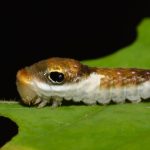
Native Americans employed the shrub for medical purposes—the Cherokee used it as an abortifacient (to induce abortions) while both Cherokee and Iroquois also boiled stripped leaves and twigs in a concentrated form (decoction) as a cold remedy and cough medicine. Cherokee also used spicebush as a dermatological cure for “bold hives.” Most of these compounds seem to be derived from the bark. In addition Cherokee, Creek, and Chippewa all used such concoctions to induce sweating for relief of pain. The Rappahannock made an infusion to induce delayed menses and for menstrual pain.
Beyond medicinal uses, a number of tribal people used the dried leaves of spicebush for tea and the berries for a spice. Mary Lee Epps of the Virginia Native Plant Society says, “During the American Revolution, colonists removed the seeds, dried the berries, and ground them to powder, which they used as a substitute for allspice.”
Spicebush is named for its spicy scent, found in all parts of the plant when bruised. Other common names are northern spicebush and Benjamin bush.
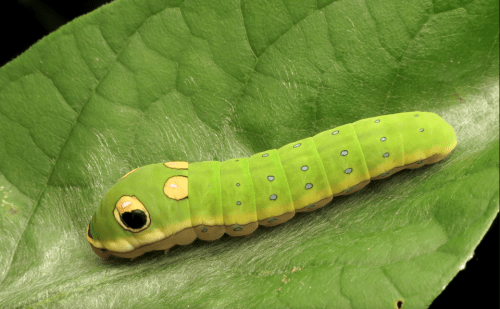
Let’s return to the blossoms. They are bright yellow-green, six to seven millimeters, and emerge before the leaves. They appear in tiny clusters and are a welcome occurrence for early insect pollinators, as only willow blooms emerge earlier.
The fruits or drupes will show up in the fall. These are high in oil content and are eaten by birds, deer, rabbits, raccoons, and opossums. Wood thrushes are especially fond of the fruit. The spicebush butterfly, Papilio troilus, lays its eggs individually, as opposed to in a cluster, on the leaves for its larva to eat. The drupes are attached by a single stalk and are ellipsoidal. Each fruit has a single seed; they are dispersed by animals who eat the fruit, and they remain viable for many years. The shrub is commonly reproduced by cloning from the roots. It is difficult to transplant and possibly the plants I purchased that failed were not grown from seed, but transplanted.
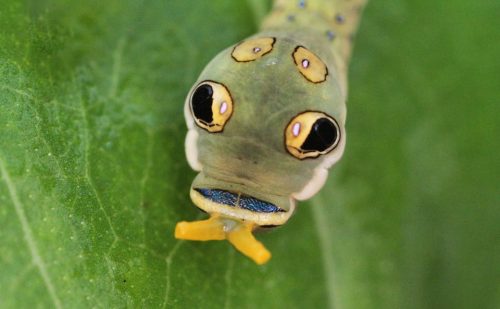
Because of its tendency to grow from roots it often forms thickets. It likes low wooded areas and streambanks. The plant is distributed across the eastern half of the United States and into central eastern Canada.
I’m especially fond of spicebush because it indicates that we will likely see the spicebush swallowtail butterflies that lay their eggs almost exclusively on this plant and sassafras.
Lepidopterist David Wagner calls out the spicebush swallowtail as one of his favorite caterpillars in terms of defense strategies. During the caterpillar’s first three instars (the period between a molt or shedding of skin) the larva looks like a bird dropping. After the fourth molt it resembles a common green snake, and it even has a white dot on its fake eyes to appear reflective. When it lifts its front end it looks like a real snake reared up to strike.
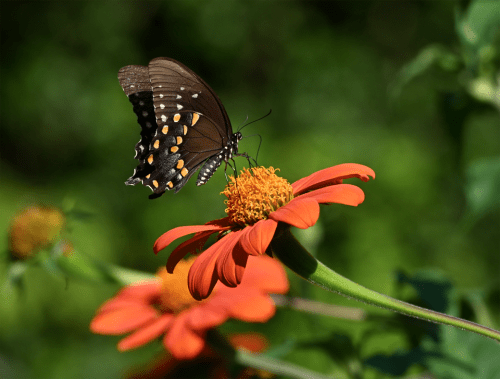
All swallowtail butterfly larvae can deploy osmeterium or feeler-like structures that are beneath the skin and eversible (can be turned inside out). Wagner describes them as tentacle-like appurtenances that are laden with butyric acid, which smells to him like vomit. When threatened the larva raises the osmeterium to release a spray. Wagner goes on to say that they have been observed to wallop a wasp that has been exposed to their osmeterial secretions! I have gently stroked black swallowtail caterpillars, and when they raise their osmeteria the movement gives me a tiny jack-in-the-box reaction—a startle response, just as intended.
Spicebush butterfly caterpillars will also make little shelters by spinning silk and attaching it to the surface of a leaf. When the silk dries it will shrink, creating a taco-like folded sac to hide in during daylight hours. At night the caterpillar will come out and eat more leaves on the spicebush. This shelter is also used to conceal it for protection during molts.
In its final molt the caterpillar is orange-brown in color, so when it descends to the ground to make its chrysalis/cocoon it is camouflaged on leaf litter. It will overwinter on the ground in a green or brown cocoon.
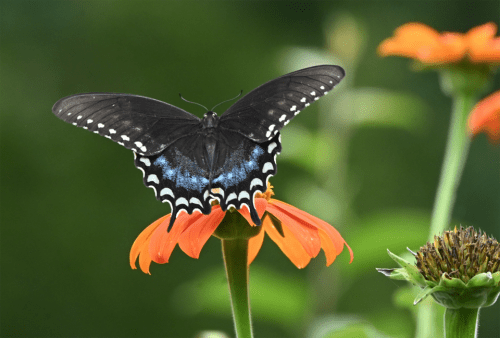
As an adult, the spicebush butterfly continues to make use of mimicry for protection, since it resembles the toxic pipevine swallowtail. I suspect that most people love the winged stage of butterflies and ignore the caterpillar’s needs. One of those needs is a pesticide-free environment. If we are spraying plants because of insect infestations, or spraying widely for ticks, and then wondering why we are seeing fewer butterflies, take a moment to say, “Duh.” One of my lepidopterist friends once said to me, “Jane, anything that will kill a tick will kill anything.” I’m not certain if he was exaggerating but clearly he made his point.
I just attended a Doug Tallamy lecture in which he gave great advice for mosquitos. Take a bucket, fill it with water, add a little hay, and toss in a Mosquito Dunk—Bacillus thuringiensis israelensis aka B.t.i., a microbial larvicide. This will take care of eliminating mosquitos without harming other insects. Since he is a professor of entomology who loves moths and butterflies, I’ll heed his advice. By the way, dawn and dusk are the most likely times for mosquitos to feed, so you might minimize your exposure by avoiding those times in mosquito-infested areas.
Butterflies have lots of requirements and most folks want to provide all the showy nectar sources but forget the food or host plants. Both are important. So consider planting a spicebush or sassafras tree and enjoy the show!
Sources
- USDA, NRCS – Plant Guide, Spicebush, Lindera benzoin (L.) Blume.
- Mary Lee Epps, The Spicebush Swallowtail Butterfly, Its Host Plants, and the New Threat They Face, April 29, 2022, Virginia Native Plant Society.
- Thomas Kinkele (30 Jun 2005). Incense and Incense Rituals. Lotus Press. p. 117, 9 July 2022.
- Christopher T. Martine, Shrubs and Vines of New Jersey and Mid-Atlantic States. Department of Environmental Protection, Division of Parks and Forestry, 2007.
- Daniel E. Moerman, Native American Ethnobotany, 1998 and 2022.









